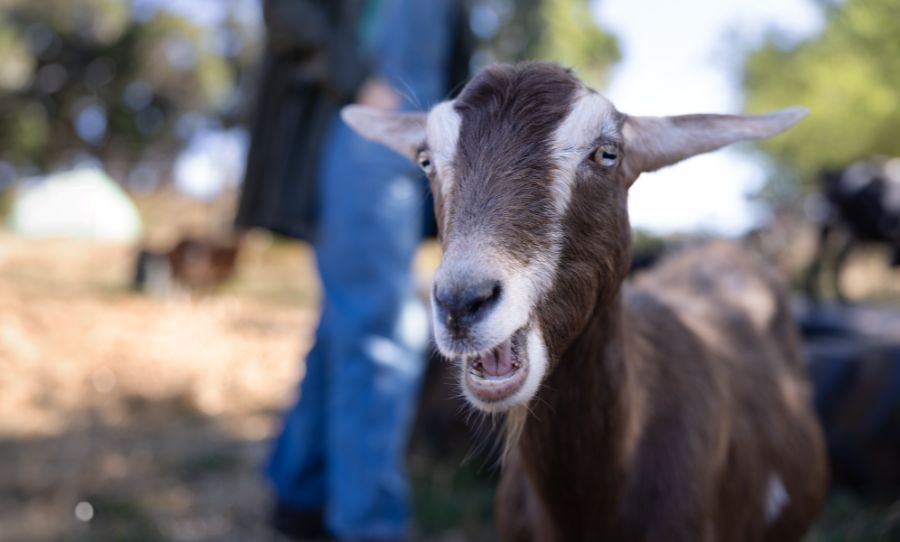In sad news, the suspected Tasmanian tiger (thylacine) sighting from earlier this week has been debunked, as experts announce that the photographed creatures are most likely Tasmanian pademelons.
If it looks like a Tasmanian tiger, sounds like a Tassie tiger, and walks like a Tassie tiger, it’s probably a Tassie pademelon. Sorry.
Aussies got their hopes up when the President of the Thylacine Awareness Group of Australia (TAGOA), Neil Waters, posted a video on YouTube confidently titled, “WE FOUND A THYLACINE.” Alas, they did not.

Although Tasmanian tigers have been classified extinct since 1936, when the last known living thylacine died in Hobart Zoo, the hype was real. Addressing a hand-held camera, Mr Waters said of the suspected Tassie tiger family sighting: “The baby has stripes, a stiff tail, the hock, the coarse hair, it’s the right colour, it’s a quadruped, it’s stocky and it’s got the right-shaped ears.”
Mr Waters also added that he had sent the photographs taken at the sighting to Nick Mooney, the honorary curator of vertebrate zoology at the Tasmanian Museum and Art Gallery (TMAG), for confirmation.
Things were looking good! The public were excited, experts were excited!
Let me just say that if it IS a thylacine. I’m taking the day OFF.
— Kory Evans PhD (@Sternarchella) February 22, 2021
Hold onto your hats ladies and gentlemen, this has potential to be the wildlife rediscovery of the century!
Nick Mooney is a colleague and an extremely reputable wildlife biologist. If he verifies it, then it is confirmed!! 🤞🏼 https://t.co/0vMqexHsBO
— Forrest Galante (@ForrestGalante) February 22, 2021
When Mr Mooney did review the photographs, it all came crashing down. In a statement from TMAG, Mr Waters’ identification of the animals as thylacines was rejected. “Nick Mooney has concluded that based on the physical characteristics shown in the photos provided by Mr Waters, the animals are very unlikely to be thylacines and are most likely Tasmanian pademelons,” the statement said.
A pademelon sounds like a Star Wars-themed Boost Juice but it is in fact a small marsupial that looks like a cross between a wallaby and a quokka.
“Sadly there have been no confirmed sightings of the thylacine since 1936,” continued the statement. Way to rub it in, guys.



